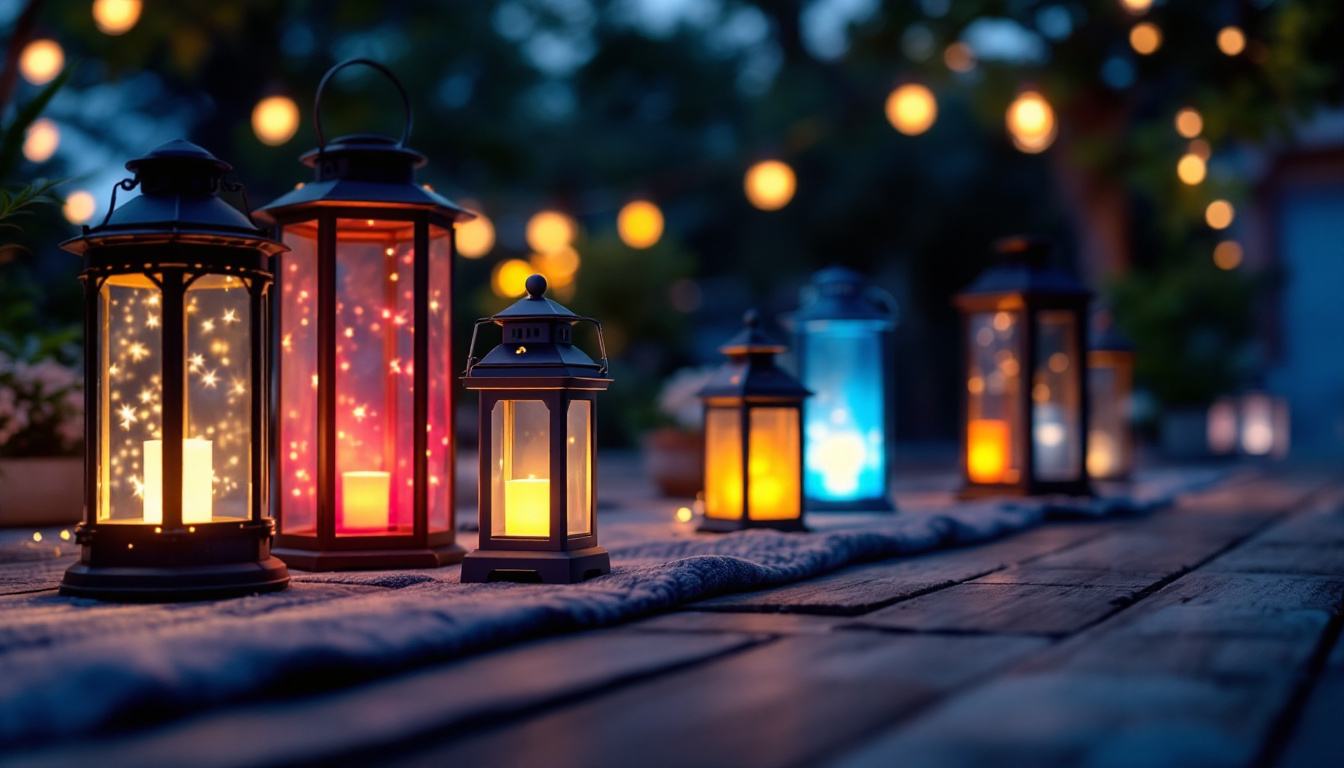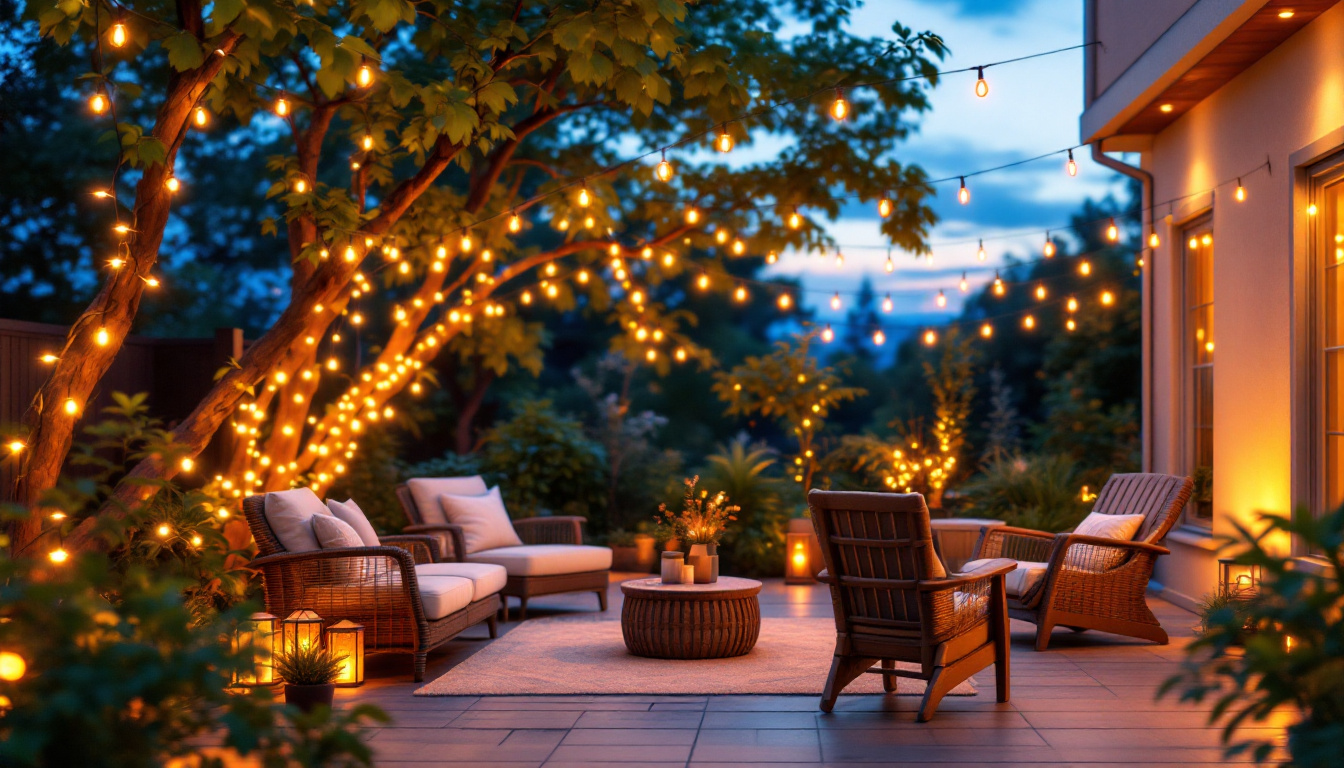
As the world of lighting design continues to evolve, the use of black and white lighting has emerged as a powerful trend. This minimalist approach not only enhances the aesthetic appeal of spaces but also creates a unique atmosphere that can be tailored to various environments. For lighting contractors, understanding the intricacies of black and white lighting is crucial. This article delves into the essential do’s and don’ts that every lighting contractor should consider when working with this striking design style.
Black and white lighting transcends mere color choices; it embodies a philosophy of contrast and balance. By utilizing these two extremes, designers can create dramatic effects that highlight architectural features and set the mood of a space. This style is particularly effective in modern and contemporary settings, where clean lines and simplicity are paramount. The starkness of black and white can evoke a sense of timelessness, making it a favored choice in spaces that aim to blend classic elegance with modern flair.
Moreover, the interplay between black and white can influence perception. For instance, white lighting can make a space feel larger and more open, while black can add depth and intimacy. Understanding these dynamics is essential for contractors aiming to achieve the desired effect in their projects. The psychological impact of color and light cannot be overstated; spaces illuminated with white light can inspire creativity and productivity, while those with black accents can foster relaxation and contemplation, making the choice of lighting a crucial aspect of interior design.
Contrast is the cornerstone of black and white lighting. By strategically placing light sources, contractors can create depth and dimension within a space. For example, using white light to illuminate a feature wall while keeping surrounding areas dimly lit can draw attention to that wall, creating a focal point. This technique not only enhances visual interest but also guides the viewer’s eye, making the space feel curated and intentional.
Depth can also be achieved through layering. By combining different types of lighting—ambient, task, and accent—contractors can enhance the overall aesthetic. This layering technique allows for flexibility in the design, enabling the space to adapt to various needs and moods. For instance, a well-lit dining area can transform from a vibrant gathering space to a cozy, intimate setting simply by adjusting the lighting levels. Incorporating dimmers and smart lighting solutions can further enhance this adaptability, allowing users to customize their environment effortlessly.
The choice of fixtures plays a pivotal role in the effectiveness of black and white lighting. Sleek, modern designs often work best, as they complement the minimalist aesthetic. Fixtures should not only be functional but also serve as design elements that enhance the overall look of the space. The right fixture can become a statement piece, drawing attention and sparking conversation, while still adhering to the overarching theme of contrast.
When selecting fixtures, consider their finish. Matte black and glossy white can create striking contrasts, while textured surfaces can add visual interest. Additionally, the size and scale of fixtures should be proportionate to the space to maintain balance. Larger fixtures can serve as bold focal points in expansive areas, while smaller, more intricate designs can add charm and detail in cozier settings. Furthermore, the placement of these fixtures is crucial; a well-placed pendant light can not only illuminate but also define an area, while wall sconces can enhance the vertical space, drawing the eye upward and creating an illusion of height.
To successfully implement black and white lighting, contractors should adhere to several best practices. These do’s will help ensure that the lighting design is both functional and aesthetically pleasing.
Before installation, a comprehensive layout plan is essential. This plan should include the placement of all light sources, taking into consideration the natural light available in the space. Understanding how light interacts with surfaces will help in achieving the desired effect.
Contractors should also consider the flow of the space. Lighting should guide movement and enhance the experience of those using the area. Thoughtful placement can create a harmonious environment that feels both welcoming and functional. For instance, in a hallway, strategically placed lighting can draw attention to artwork or architectural features, creating visual interest and ensuring safety. Additionally, using layers of light—such as ambient, task, and accent lighting—can further enhance the overall design, providing both practicality and beauty.
Variety is key in black and white lighting. Utilizing different types of light sources—such as LED, incandescent, and fluorescent—can create unique effects. Each type of light has its own color temperature and intensity, which can dramatically alter the ambiance of a space.
Experimentation with dimmers and smart lighting systems can also enhance flexibility. These technologies allow for adjustments based on the time of day or specific activities, providing contractors with the ability to create tailored experiences for clients. For example, a dining area may benefit from warm, dimmable lights during a romantic dinner, while brighter, cooler lights could be ideal for a lively brunch. Incorporating smart technology also allows for the possibility of remote control and scheduling, making it easier for clients to manage their lighting preferences effortlessly.
The surrounding environment plays a significant role in the effectiveness of black and white lighting. Contractors should take into account the colors and materials present in the space. For instance, a predominantly white room may benefit from darker accents to create contrast, while a darker room may require brighter elements to achieve balance.
Additionally, the intended use of the space should inform lighting choices. For example, a workspace may require brighter, more focused lighting, while a relaxation area may benefit from softer, ambient lighting. Furthermore, the architectural style of the environment can influence lighting decisions; modern spaces might call for sleek, minimalist fixtures, while traditional settings may favor ornate designs. It’s also important to consider how lighting will affect the mood and functionality of the space throughout different times of the day, ensuring that the design remains effective and appealing as natural light changes. By taking these factors into account, contractors can create a cohesive lighting plan that enhances the overall experience of the environment.
While there are many strategies to enhance black and white lighting, there are also common pitfalls that contractors should avoid. These don’ts can help prevent missteps that could compromise the overall design.
Color temperature is a critical factor in lighting design. Using lights with mismatched color temperatures can create an unappealing atmosphere. For black and white lighting, it is essential to maintain a consistent color temperature across all fixtures to ensure harmony.
Typically, a cooler white light works well in modern settings, while warmer tones can create a more inviting ambiance. Contractors should be mindful of the color temperature of each light source and how they interact with one another.
Shadows are an inherent part of lighting design, and they can significantly influence the perception of a space. While shadows can add depth and interest, excessive or harsh shadows can detract from the overall aesthetic.
To mitigate unwanted shadows, contractors should carefully consider the positioning of light sources. Using multiple light sources from different angles can help soften shadows and create a more balanced look. Additionally, incorporating reflective surfaces can enhance light distribution and minimize harsh shadows.
Maintenance is often overlooked in lighting design, but it is crucial for the longevity and effectiveness of a lighting system. Contractors should discuss maintenance requirements with clients, ensuring they understand how to care for their lighting fixtures.
Regular cleaning and bulb replacement are essential to maintaining optimal performance. Additionally, contractors should consider the accessibility of fixtures when designing layouts, making it easier for clients to perform necessary upkeep.
Examining successful implementations of black and white lighting can provide valuable insights for contractors. These case studies highlight effective strategies and innovative designs that can inspire future projects.
In residential settings, black and white lighting can create a sophisticated and modern ambiance. One notable example is a contemporary home that features a combination of recessed lighting and statement pendant fixtures. The use of white walls and dark furniture enhances the contrast, while strategically placed accent lights highlight artwork and architectural features.
This design not only showcases the homeowner’s style but also creates a warm and inviting atmosphere. The careful consideration of light placement and fixture selection demonstrates the power of black and white lighting in residential spaces.
In commercial environments, black and white lighting can be used to create a professional and sleek atmosphere. A successful case study involves a high-end restaurant that employs a mix of pendant lights and wall sconces to create a dynamic dining experience.
The use of dimmable fixtures allows for adjustments based on the time of day, transitioning from bright and lively during lunch hours to a more intimate setting in the evening. The combination of black and white elements throughout the design reinforces the restaurant’s brand identity while providing an exceptional dining experience.
Black and white lighting offers a versatile and impactful approach to lighting design. For contractors, understanding the do’s and don’ts of this style is essential for creating successful projects that meet client expectations. By carefully planning layouts, experimenting with different light sources, and considering the surrounding environment, contractors can harness the power of contrast and balance.
Moreover, avoiding common pitfalls such as mismatched color temperatures and excessive shadows can enhance the overall effectiveness of the design. By learning from successful case studies and prioritizing maintenance, contractors can ensure that their black and white lighting projects stand the test of time.
As the demand for innovative lighting solutions continues to grow, embracing the principles of black and white lighting can position contractors as leaders in the field. With a keen eye for detail and a commitment to excellence, the potential for creating stunning, functional spaces is limitless.
Ready to elevate your lighting projects with the striking contrast of black and white lighting? At LumenWholesale, we provide lighting contractors with the highest quality, spec-grade lighting products at unbeatable wholesale prices. Say goodbye to local distributor markups and hello to a vast selection of reliable, high-performance lighting that meets the most rigorous industry standards. With free shipping on bulk orders, you can stock up on premium lighting solutions at the best value — all without hidden fees or compromises. Don’t let your next project be anything less than extraordinary. Experience the perfect blend of quality, affordability, and convenience with Wholesale Lighting at the Best Value from LumenWholesale.

Discover why outdoor lantern lights are essential tools for lighting contractors.

Discover the art of mastering projection lights with expert insights tailored for lighting contractors.

Discover the essential guide to LED tape light strips tailored for lighting contractors.

Discover how outdoor string lights can transform your patio into a well-lit oasis while boosting the efficiency of your lighting projects.